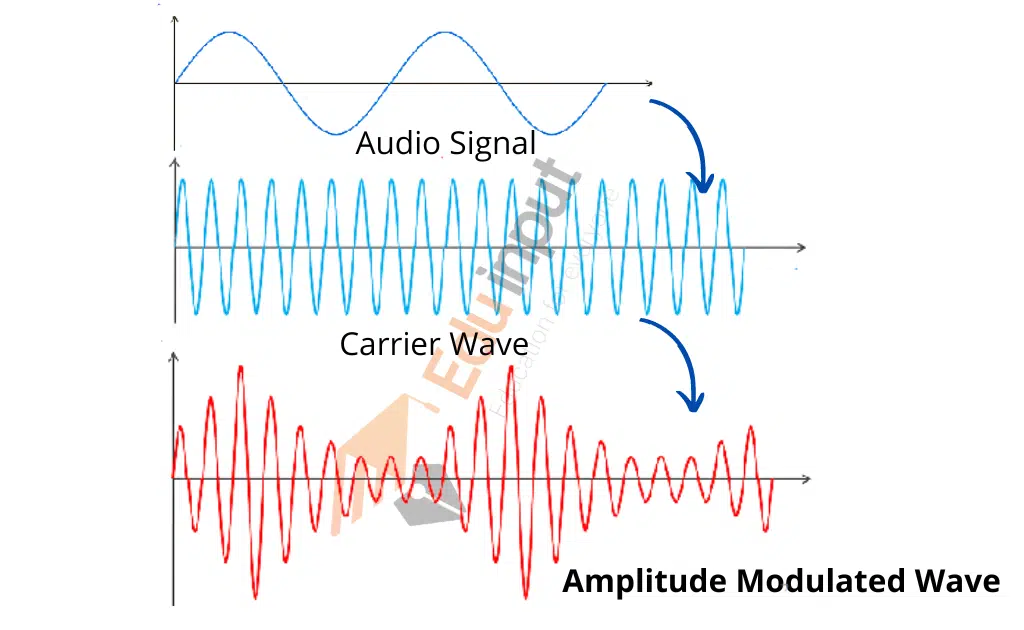What is Frequency Modulation?-Definition, Method, And Application
Frequency modulation is a type of modulation in which The information in a carrier wave can be changed by varying the instantaneous frequencies of the waves.
What is Frequency Modulation?
Frequency modulation is a process of changing the carrier wave frequencies to correspond with the frequencies of the signal that is being changed. After being converted into an electronic signal, a modulating signal is nothing but information or message that needs to be transmitted. Frequency modulation also has a similar approach where a carrier signal is adjusted by the input signal. In the case of FM, the signal’s amplitude can be kept or it can remain constant.
A high bandwidth at a range of 200 kHz is required by the Frequency Modulation index, which is mostly over 1. There is a very high-frequency range between 88 to 108 Megahertz. There are complex circuits with an infinite number of sidebands that help in receiving high-quality signals with high sound quality.
Methods for FM Modulation
Direct or indirect frequencies-modulated signals can be generated using a number of methods.
- A voltage-controlled oscillator or Varactor diode oscillator:
Direct FM modulation can be formed by directly feeding the message into the input of a voltage-controlled oscillator. In the case of the varactor device, we place it within the tuning circuit of the oscillator circuit.
- Crystal oscillator circuit:
It is possible to use a Varactor Diode within a crystal oscillator circuit if the signal needs to be increased in Frequency.
- Phase-locked loop:
This method is an excellent way to generate signals. Once everything is stable, it offers an excellent solution because the constraints within the loop should be checked carefully.
Applications of Frequency Modulation
It’s mostly used in radio broadcasting when we talk about the applications of Frequency Modulation. It has a larger signal-to-noise ratio, which makes it a great advantage in radio transmission. It results in low interference with the radio frequencies. This is one of the reasons that many radio stations play music on the radio.
Some of its uses are found in radar, telemetry, seismic prospecting, different radio systems, music synthesis as well as in video-transmission instruments. Frequency modulation has a better advantage over other modulations in radio transmission. It has a bigger signal-to-noise ratio, which means it will reject radio interferences much better than an equal power AM signal. The majority of music is broadcasted over the radio.







Leave a Reply